As summer approaches and temperatures rise, energy bills often follow suit as air conditioners work overtime. Fortunately, there are ways to keep your home cool while maintaining energy efficiency and keeping costs manageable.
While air conditioning is a lifesaver during sweltering heat, it comes with environmental trade-offs. Air conditioners are a significant contributor to greenhouse gas emissions, which exacerbate global warming and lead to more extreme heat waves. Scientists warn that temperatures are expected to rise annually, but you can strike a balance between staying comfortable and reducing environmental impact.
Here are 12 practical tips to help:
1. Clean Your Air Conditioner

Blocked vents and dirty filters hinder airflow, forcing your air conditioner to work harder. Regularly cleaning the vents, filters, and ducts—or hiring a professional to do so—ensures smooth airflow, improving efficiency and lowering energy costs.
2. Schedule Professional Maintenance

Even if you handle basic cleaning yourself, it’s wise to have a professional inspect your air conditioning system. They can identify issues such as faulty wiring or poor airflow, helping prevent costly repairs later.
3. Maintain a Consistent Temperature
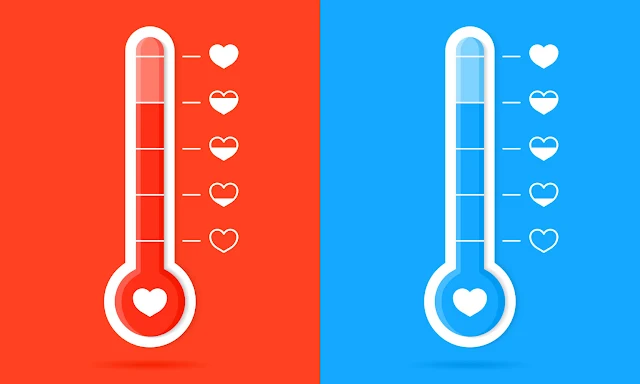
Avoid large temperature fluctuations during the day. Keeping the thermostat steady reduces strain on your air conditioner during peak heat hours.
4. Opt for a Higher Temperature
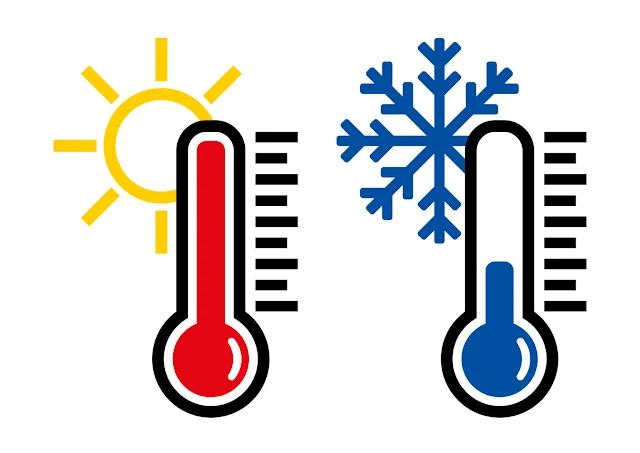
Setting the thermostat to around 70°F instead of lower temperatures can cut energy use by up to 20%. Lowering the temperature too much not only increases costs but also impacts the environment.
5. Turn It Off When Possible

Take advantage of cooler nights and breezy weather by turning off the air conditioner and opening windows. When no one is home, turn off the system or set it to a higher temperature (around 70°F) to conserve energy and give the unit a break.
6. Be Mindful of Peak Hours

Energy usage peaks in the afternoon and evening when temperatures are highest. Spend time at cooler spots, such as a local pool, lake, or air-conditioned public space, to reduce reliance on your air conditioner during these hours.
7. Close Windows During the Day

If you’ve enjoyed cool night breezes with open windows, remember to shut them in the morning to keep the rising heat out.
8. Block Out Sunlight

Closing blinds or curtains during the day can significantly reduce the amount of heat entering your home, keeping your air conditioner from overworking.
9. Use Fans Alongside Your Air Conditioner
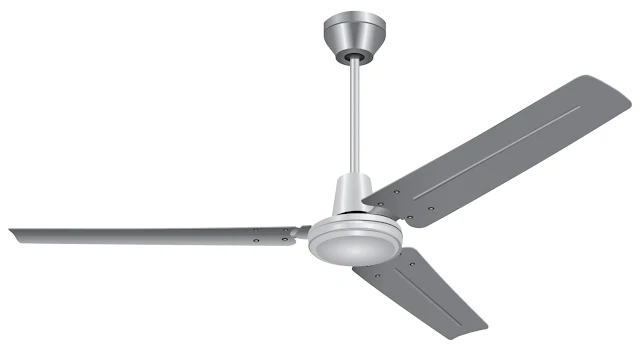
Ceiling fans are excellent for circulating cool air, allowing you to rely less on your air conditioner while maintaining a comfortable indoor temperature.
10. Cook Strategically

Minimize the use of heat-producing appliances during the hottest parts of the day. Opt for microwave or slow cooker meals instead of using the oven. Alternatively, prepare cold dishes like salads or charcuterie boards to keep your home cool.
11. Improve Ventilation and Insulation
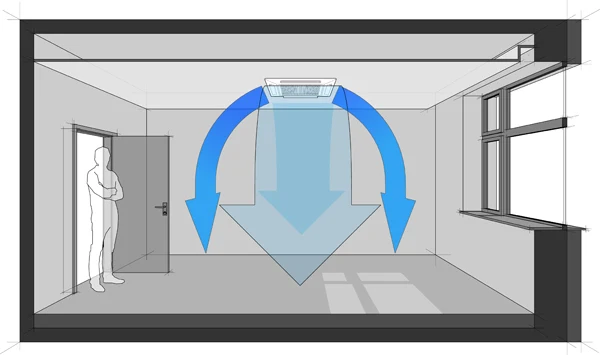
Proper insulation is key to efficient cooling. Seal any cracks or gaps, use weatherstripping, and ensure your attic or basement is well-insulated to prevent cool air from escaping.
12. Invest in a Smart Thermostat
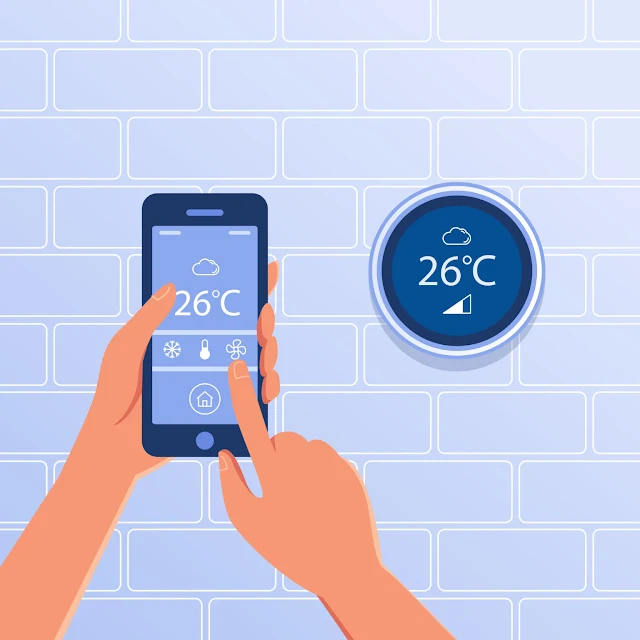
Although smart thermostats require an upfront investment, their programmable features help optimize energy usage. They can adjust temperatures automatically while you’re away, ensuring efficiency without sacrificing comfort.
By adopting these tips, you can enjoy a cooler, more energy-efficient summer while keeping costs—and your environmental impact—in check.
We Adopted a Silent Boy — His First Words a Year Later Shattered Everything: “My Parents Are Alive”

When we adopted Bobby, a silent five-year-old boy, we thought time and love would heal his pain. But on his sixth birthday, he shattered our lives with five words: “My parents are alive.” What happened next revealed truths we never saw coming.
I always thought becoming a mother would be natural and effortless. But life had other plans.
When Bobby spoke those words, it wasn’t just his first sentence. It was the beginning of a journey that would test our love, our patience, and everything we believed about family.

A woman in her house | Source: Midjourney
I used to think life was perfect. I had a loving husband, a cozy home, and a steady job that let me pursue my hobbies.
But something was missing. Something I felt in every quiet moment and every glance at the empty second bedroom.
I wanted a child.
When Jacob and I decided to start trying, I was so hopeful. I pictured late-night feedings, messy art projects, and watching our little one grow.
But months turned into years, and that picture never came to life.

A sad woman | Source: Pexels
We tried everything from fertility treatments to visiting the best specialists in town. Each time, we were met with the same answer: “I’m sorry.”
The day it all came crashing down is etched in my mind.
We’d just left yet another fertility clinic. The doctor’s words echoed in my head.
“There’s nothing more we can do,” he’d said. “Adoption might be your best option.”
I held it together until we got home. As soon as I walked into our living room, I collapsed on the sofa, sobbing uncontrollably.

A woman crying on the sofa | Source: Pexels
Jacob followed me.
“Alicia, what happened?” he asked. “Talk to me, please.”
I shook my head, barely able to get the words out. “I just… I don’t understand. Why is this happening to us? All I’ve ever wanted is to be a mom, and now it’s never going to happen.”
“It’s not fair. I know,” he said as he sat beside me and pulled me close. “But maybe there’s another way. Maybe we don’t have to stop here.”
“You mean adoption?” My voice cracked as I looked at him. “Do you really think it’s the same? I don’t even know if I can love a child that isn’t mine.”

A serious woman | Source: Midjourney
Jacob’s hands framed my face, and his eyes locked on mine.
“Alicia, you have more love in you than anyone I know. Biology doesn’t define a parent. Love does. And you… you’re a mom in every way that matters.”
His words lingered in my mind over the next few days. I replayed our conversation every time doubt crept in.
Could I really do this? Could I be the mother a child deserved, even if they weren’t biologically mine?

A woman sitting in her house | Source: Pexels
Finally, one morning, as I watched Jacob sipping his coffee at the kitchen table, I made my decision.
“I’m ready,” I said quietly.
He looked up, his eyes filled with hope. “For what?”
“For adoption,” I announced.
“What?” Jacob’s face lit up. “You have no idea how happy I am to hear that.”
“Wait,” I said, raising a brow. “You’ve already been thinking about this, haven’t you?”
He laughed.
“Maybe a little,” he confessed. “I’ve been researching foster homes nearby. There’s one not too far. We could visit this weekend if you’re ready.”

A man smiling | Source: Midjourney
“Let’s do this,” I nodded. “Let’s visit the foster home this weekend.”
The weekend arrived faster than I expected. As we drove to the foster home, I stared out the window, trying to calm my nerves.
“What if they don’t like us?” I whispered.
“They’ll love us,” Jacob said, squeezing my hand. “And if they don’t, we’ll figure it out. Together.”
When we arrived, a kind woman named Mrs. Jones greeted us at the door. She led us inside while telling us about the place.

A woman standing near a door | Source: Midjourney
“We have some wonderful children I’d love for you to meet,” she said, guiding us to a playroom filled with laughter and chatter.
As my eyes scanned the room, they stopped on a little boy sitting in the corner. He wasn’t playing like the others. He was watching.
His big eyes were so full of thought, and they seemed to see right through me.
“Hi there,” I said, crouching down beside him. “What’s your name?”
He stared at me, silent.

A little boy | Source: Midjourney
That’s when my gaze shifted from him to Mrs. Jones.
“Is he, uh, does he not talk?” I asked.
“Oh, Bobby talks,” she chuckled. “He’s just shy. Give him time, and he’ll come around.”
I turned back to Bobby, my heart aching for this quiet little boy.
“It’s nice to meet you, Bobby,” I said, even though he didn’t respond.

A woman smiling | Source: Midjourney
Later, in her office, Mrs. Jones told us his story.
Bobby had been abandoned as a baby and left near another foster home with a note that read, His parents are dead, and I’m not ready to care for the boy.
“He’s been through more than most adults ever will,” she said. “But he’s a sweet, smart boy. He just needs someone to believe in him. Someone to care for him. And love him.”
At that point, I didn’t need more convincing. I was ready to welcome him into our lives.
“We want him,” I said, looking at Jacob.
He nodded. “Absolutely.”

A man smiling | Source: Midjourney
As we signed the paperwork and prepared to bring Bobby home, I felt something I hadn’t felt in years. Hope.
I didn’t know what challenges lay ahead, but I knew one thing for certain. We were ready to love this little boy with everything we had.
And that was only the beginning.
When we brought Bobby home, our lives changed in ways we never could have imagined.
From the moment he walked into our house, we wanted him to feel safe and loved. We decorated his room with bright colors, shelves full of books, and his favorite dinosaurs.
But Bobby remained silent.

A boy standing in a hallway | Source: Midjourney
He observed everything with those big, thoughtful eyes like he was trying to figure out if this was real or just temporary. Jacob and I poured every ounce of love we had into him, hoping he’d open up.
“Do you want to help me bake cookies, Bobby?” I’d ask, crouching down to his level.
He’d nod, his tiny fingers grabbing the cookie cutters, but he never said a word.
One day, Jacob took him to soccer practice and cheered on from the sidelines.

A soccer ball on a field | Source: Pexels
“Great kick, buddy! You’ve got this!” he shouted.
But Bobby? He just smiled faintly and stayed quiet.
At night, I read him bedtime stories.
“Once upon a time,” I’d begin, peeking over the book to see if he was paying attention.
He always was, but he never spoke.

A little boy smiling | Source: Midjourney
Months passed like this. We didn’t push him because we knew he needed time.
Then his sixth birthday approached, and Jacob and I decided to throw him a small party. Just the three of us and a cake with little dinosaurs on top.
The look on his face when he saw the cake was worth every bit of effort.
“Do you like it, Bobby?” Jacob asked.
Bobby nodded and smiled at us.

A little boy smiling | Source: Midjourney
As we lit the candles and sang “Happy Birthday,” I noticed Bobby staring at us intently. When the song ended, he blew out the candles, and for the first time, he spoke.
“My parents are alive,” he said softly.
Jacob and I exchanged shocked glances, unsure if we’d heard him correctly.
“What did you say, sweetheart?” I asked, kneeling beside him.
He looked up at me and repeated the same words.
“My parents are alive.”

A close-up shot of a boy’s mouth as he speaks | Source: Pexels
I couldn’t believe my ears.
How could he know that? Was he remembering something? Had someone told him?
My mind raced, but Bobby said nothing more that night.
Later, as I tucked him into bed, he clutched his new stuffed dinosaur and whispered, “At the foster place, the grownups said my real mommy and daddy didn’t want me. They’re not dead. They just gave me away.”
His words broke my heart and made me curious about the foster home. Were his parents really alive? Why didn’t Mrs. Jones tell us this?

A woman standing in her house | Source: Midjourney
The next day, Jacob and I returned to the foster home to confront Mrs. Jones. We needed answers.
When we told her what Bobby had said, she looked uncomfortable.
“I… I didn’t want you to find out this way,” she admitted, wringing her hands. “But the boy is right. His parents are alive. They’re wealthy and, uh, they didn’t want a child with health issues. They paid my boss to keep it quiet. I didn’t agree with it, but it wasn’t my call.”

A woman talking to another woman | Source: Midjourney
“What health issues?” I asked.
“He wasn’t well when they abandoned him, but his illness was temporary,” she explained. “He’s all good now.”
“And the story about that note? Was it all made up?”
“Yes,” she confessed. “We made that story up because our boss said so. I’m sorry for that.”

A woman talking in her office | Source: Midjourney
Her words felt like a betrayal. How could someone abandon their own child? And for what? Because he wasn’t perfect in their eyes?
When we got home, we explained everything to Bobby in the simplest way we could. But he was adamant.
“I wanna see them,” he said, clutching his stuffed dinosaur tightly.
Despite our reservations, we knew we had to honor his request. So, we asked Mrs. Jones for his parents’ address and contact details.

A woman using her phone | Source: Pexels
At first, she didn’t allow us to contact them. But when we told her about Bobby’s situation and how he was so desperate to see them, she was compelled to change her decision.
Soon, we drove Bobby to his parents’ place. We had no idea how he’d react, but we were sure this would help him heal.
When we reached the towering gates of the mansion, Bobby’s eyes lit up in a way we’d never seen before.
As we parked our car and walked toward it, he clung to my hand and his fingers tightly gripped mine as if he’d never let go.

A child holding his mother’s hand | Source: Pexels
Jacob knocked on the door, and a few moments later, a well-dressed couple appeared. Their polished smiles faltered the second they saw Bobby.
“Can we help you?” the woman asked in a shaky voice.
“This is Bobby,” Jacob said. “Your son.”
They looked at Bobby with wide eyes.
“Are you my mommy and daddy?” the little boy asked.
The couple looked at each other and it seemed like they wanted to disappear. They were embarrassed and started explaining why they gave their child up.

A woman standing outside her house | Source: Midjourney
“We thought,” the man began. “We thought we were doing the right thing. We couldn’t handle a sick child. We believed someone else could give him a better life.”
I felt my anger rising, but before I could say anything, Bobby stepped forward.
“Why didn’t you keep me?” he asked, looking straight into his birth parents’ eyes.
“We, uh, we didn’t know how to help you,” the woman said in a shaky voice.
Bobby frowned. “I think you didn’t even try…”

A boy standing outdoors | Source: Midjourney
Then, he turned to me.
“Mommy,” he began. “I don’t want to go with the people who left me. I don’t like them. I want to be with you and Daddy.”
Tears filled my eyes as I knelt beside him.
“You don’t have to go with them,” I whispered. “We’re your family now, Bobby. We’re never letting you go.”

A woman looking straight ahead | Source: Midjourney
Jacob placed a protective hand on Bobby’s shoulder.
“Yes, we’re never letting you go,” he said.
The couple said nothing except awkwardly shifting from one foot to the other. Their body language told me they were ashamed, but not one word of apology escaped their lips.
As we left that mansion, I felt an overwhelming sense of peace. That day, Bobby had chosen us, just as we had chosen him.
His actions made me realize we weren’t just his adoptive parents. We were his real family.

A boy smiling while holding his teddy bear | Source: Midjourney
Bobby flourished after that day, his smile growing brighter and his laughter filling our home. He began to trust us completely, sharing his thoughts, his dreams, and even his fears.
Watching him thrive, Jacob and I felt our family was finally complete. We loved it when Bobby called us “Mommy” and “Daddy” with pride.
And every time he did, it reminded me that love, not biology, is what makes a family.

A man holding a boy’s hand | Source: Pexels



Leave a Reply